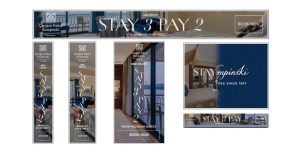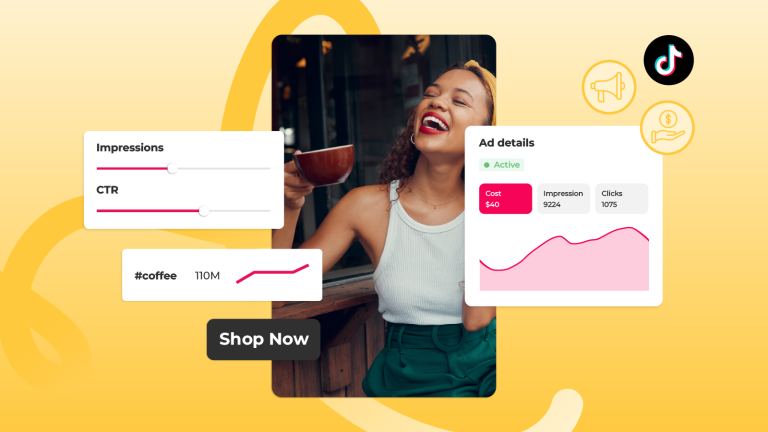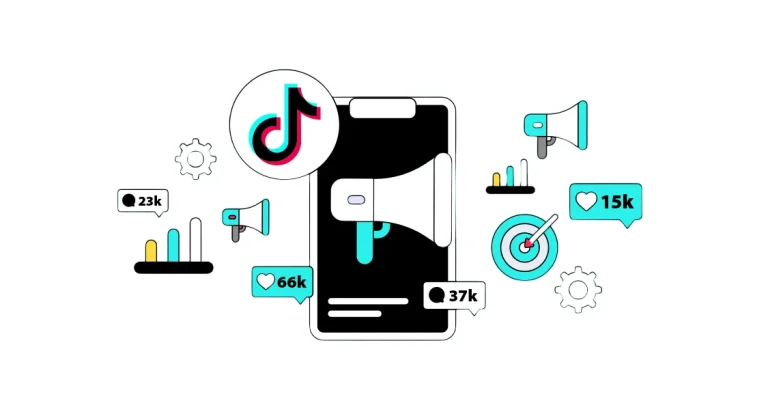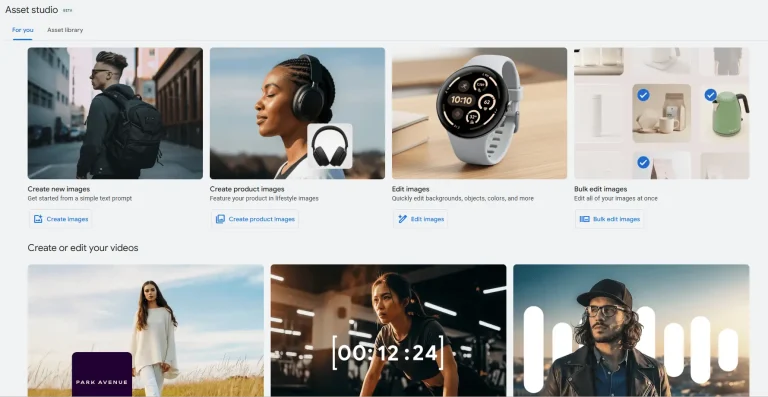Social Media
In the world of digital marketing, HTML banners are one of the most important visual advertising tools used by brands to increase engagement and boost conversion rates. Unlike static images, HTML banners provide animated, shareable growth, and dynamic content, enhancing the user experience. So, what is the impact of HTML banners on users? How do they contribute to conversion rates? How should they be optimized creatively? Here are the details:
1. The Impact of HTML Banners on Users
HTML banners attract more attention compared to static ad formats and encourage user interaction. Here are the key takeaways:
Attention-Grabbing: Animation, transition changes, and motion progressions make HTML banners more effective in capturing viewers’ attention.
Engagement: HTML5-powered banners with interactive elements like buttons, highlighted conversions, and form integrations allow users to directly engage with the banner.
Personalization: Dynamic HTML banners can offer content tailored to the user’s device or previous usage, enhancing usability and relevance.
Mobile Compatibility: Responsive HTML banners cater to a wide audience by seamlessly adjusting to different screen sizes.

2. The Impact of HTML Banners on Conversion Rates
The conversion rates of ads are directly influenced by the design, placement, and call-to-action (CTA) of the banner. HTML banners can positively impact conversion rates in the following ways:
Fast Loading Time: Optimized HTML5 banners improve performance by reducing page load times, which positively impacts the user experience.
A/B Testing: HTML banners can be tested with different variations to determine the best-performing design and message.
Correct Use of CTA: Actionable messages like “Buy Now,” “See Details,” and “Take Advantage of the Discount” encourage users to click.
Retargeting (Remarketing): HTML banners can deliver personalized content based on user history, boosting conversions.
3. Creative HTML Banner Optimization
A successful HTML banner design should be visually appealing and motivate the user to take action. Here are some creative considerations:
Minimal and Elegant Design: Avoid unnecessary text and complex visuals; create a clean and clear design.
Use of Animation: Animations are attention-grabbing, but it’s important not to overdo it. Only 2-3 messages should be conveyed.
Contrast and Color Selection: Choose colors that are consistent with the brand’s identity, but still eye-catching. Flexible colors can be used for CTA buttons.
Typography: Choose fonts that are easy to read, clear, and align with the brand’s identity.
Mobile Compatibility: Banners should be designed to be responsive, working seamlessly across different screen sizes.
4. Use Cases for HTML Banners
HTML banners are available on various platforms:
Google Display Network (GDN): Provides advertisers with wide access to potential customers.
Programmatic Advertising: In automated advertising purchases, HTML banners are shown to the right audience at the right time for maximum conversions.
Email Marketing: Dynamic HTML banners create a striking impact in email campaigns.
Websites: Dynamic banners can be found on a brand’s homepage or campaign pages.
HTML banners are a powerful digital marketing tool that increases engagement rates, improves user experience, and boosts conversion rates. With the right creative approach, HTML banners play a significant role in brands’ digital advertising strategies. By creating dynamic, mobile-friendly, and user-friendly banners, you elevate your digital campaigns to the next level.
To learn more about Marker Groupe’s development services, you can contact us via our website MarkerGroupe.com or through email at hello@markergroupe.com.




